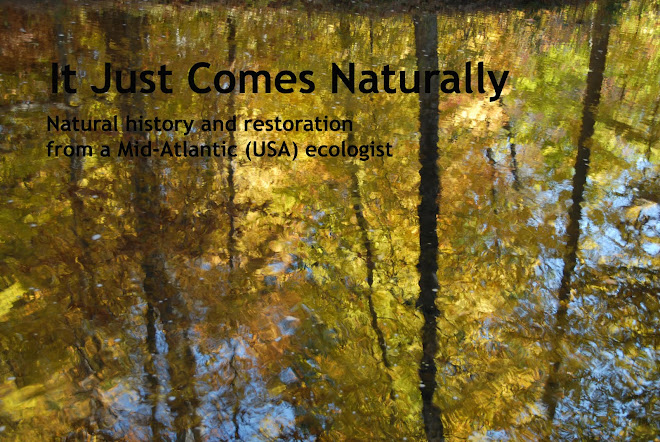 |
| Pierce Park skateboard daredevils with Philadelphia Art Museum in background |
While I like our urban walks in general (I love to go downtown), I had an ulterior motive for this trek (other than gelato). The city of Philadelphia is gradually constructing a recreational pathway alongside the Schuylkill River (the city's "western" river, as opposed to the much larger Delaware that flows along the city's east side). The recreational path and associated green space is called the Schuylkill Banks and it is immensely popular with walkers, runners, bicyclists, skaters, and skateboarders.
The easy parts of the trail have been built, but the city ran into a dilemma where a set of freight railroad tracks was located very close to the edge of the river. The city's solution for continuing the trail in this location was to build the trail out into the river on concrete pylons anchored into the bedrock below the silt. Because the Schuylkill is subject to flooding and bears lots of flood-borne debris, the structure had to be very sturdy but also aesthetically pleasing. I think that the city and its design team succeeded masterfully. The trail surface is poured concrete etched to look like wooden planks.
 |
| Kali about to enter the over-water section of the trail |
 |
| Detail of one of the handsome granite entrance posts to the over-water section |
 |
| Another entrance post detail |
 |
| The over-water trail at river level |
 |
| View of the over-water trail and Philadelphia from the South Street Bridge |
 |
| Symbiosis (left) and another structure whose title I didn't notice |











